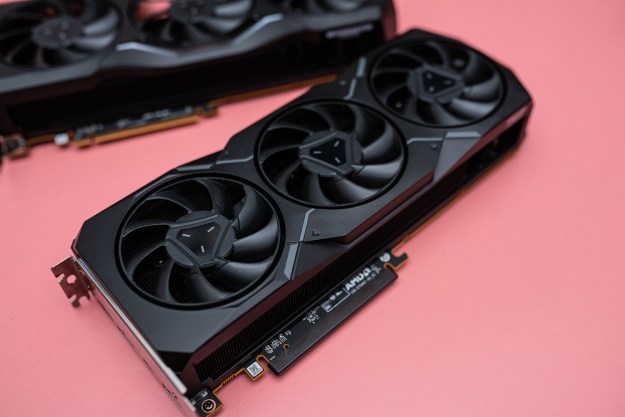
Those who lust after bleeding-edge video cards but who can’t quite justify the expense for them may be interested to know that the technology from ATI’s high-end Radeon 3800 series cards has finally trickled down into more affordable versions. The Radeon HD 3400 and HD 3600 series cards, unveiled on Thursday, won’t even crack the $100 mark, but boast many of the same features found in their older, more expensive siblings.
For starters, the cards will share the same 55nm architecture found in the 3800, but with tuned-back clock speeds and fewer stream processing units, which handle shaders. While a 3800 series processor boasts 320 stream units, the 3600 series cuts that number to 120 and the 3400 series cuts it even further to just 40.
The new units will, of course, keep staples of the faster card, such as DirectX 10.1 support and the ability to decode 1080p video on the fly with ATI’s unified video decoder. They will also offer connectors for the new DisplayPort standard, which Dell and AMD have both been pushing as a replacement for DVI interfaces.
AMD expects Radeon-3400-based cards to go for between $49 and $65, while cards based on the 3600 series design will likely go for $79 to $99. Both will begin shipping from ATI partners some time in 2008.
Editors' Recommendations
- Here’s even more proof that AMD’s GPUs are in trouble
- AMD is taking the gloves off in the AI arms race
- GPU sales figures show that AMD is its own greatest enemy
- Nvidia GeForce RTX 4070 vs. AMD Radeon RX 6950 XT: a close call
- Here’s how you can get The Last of Us for free from AMD


